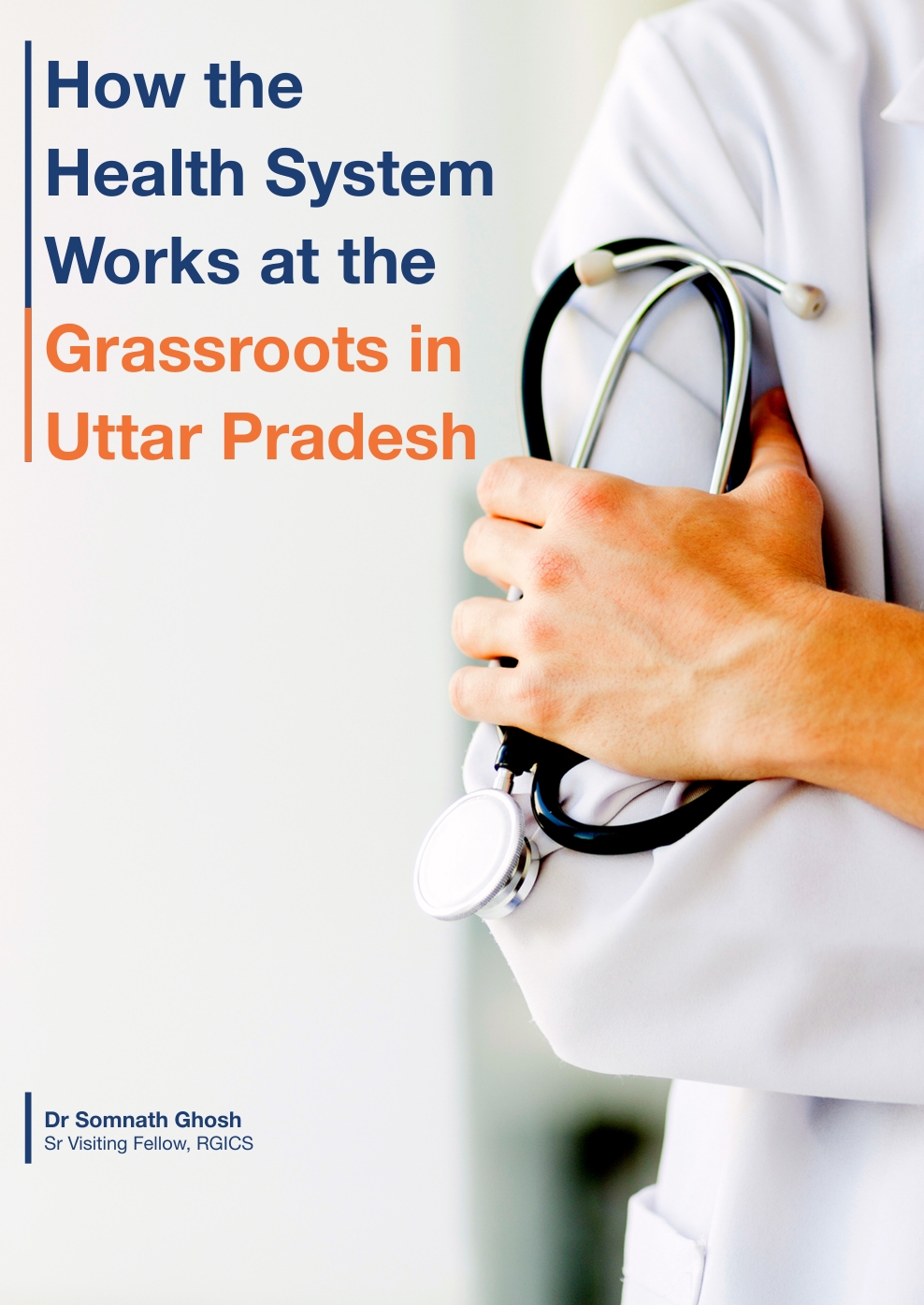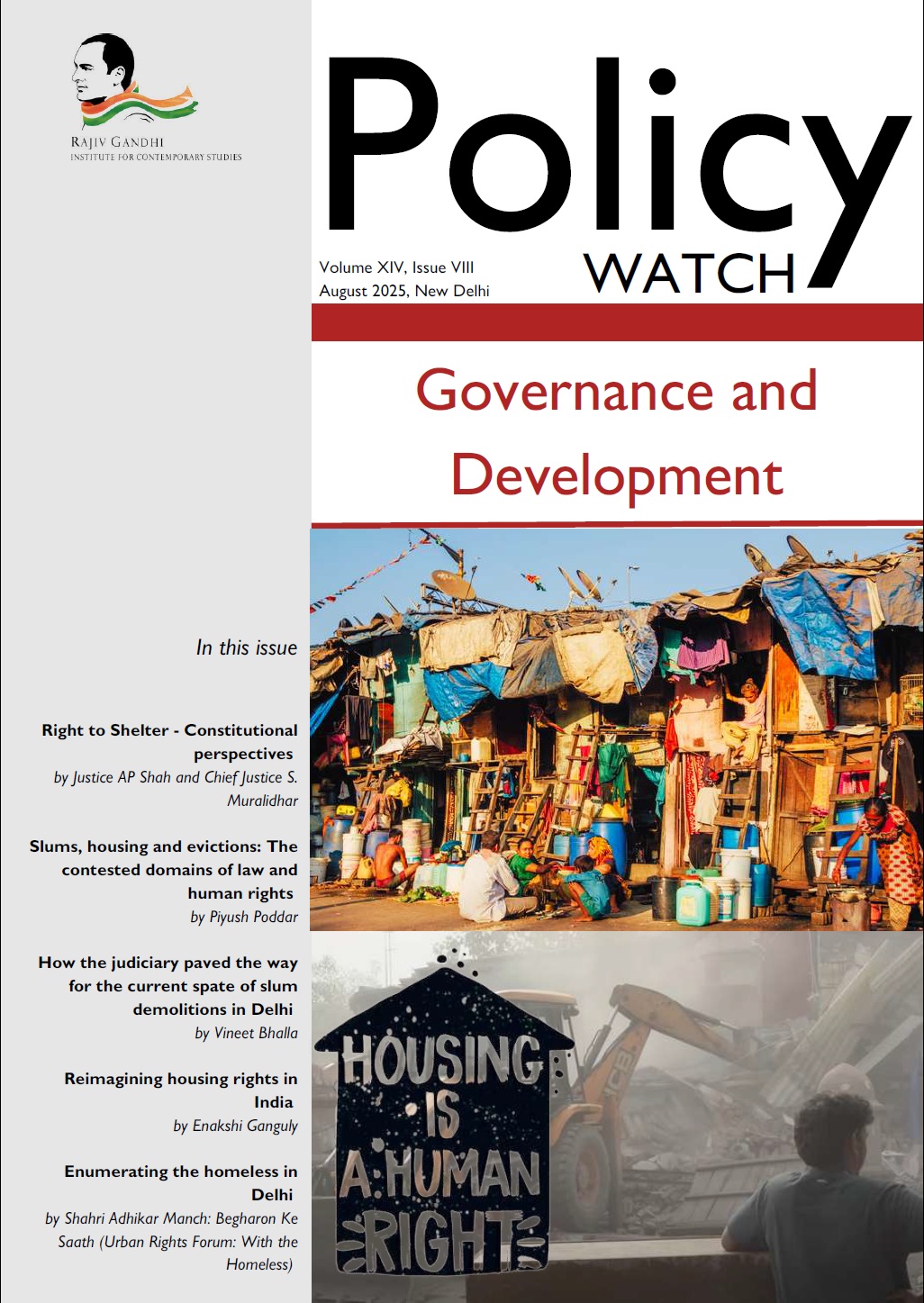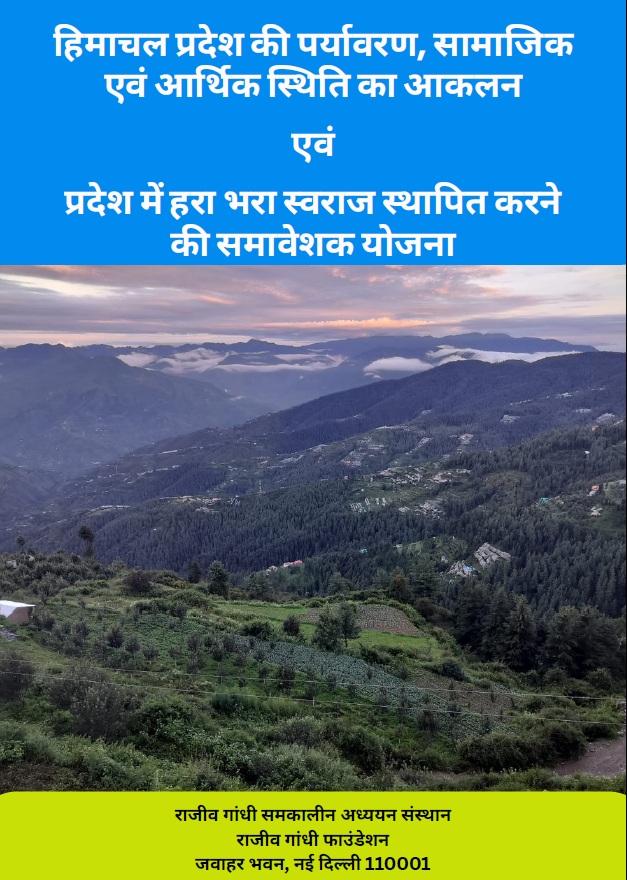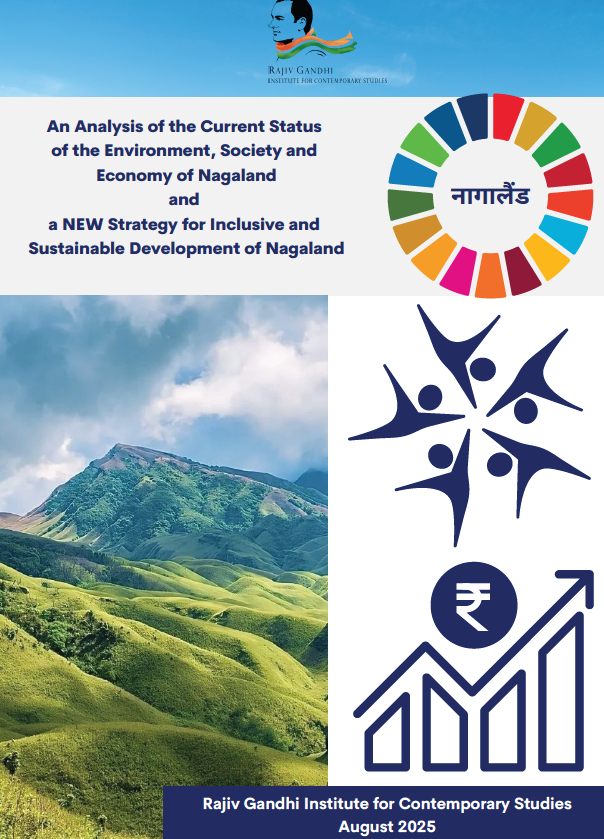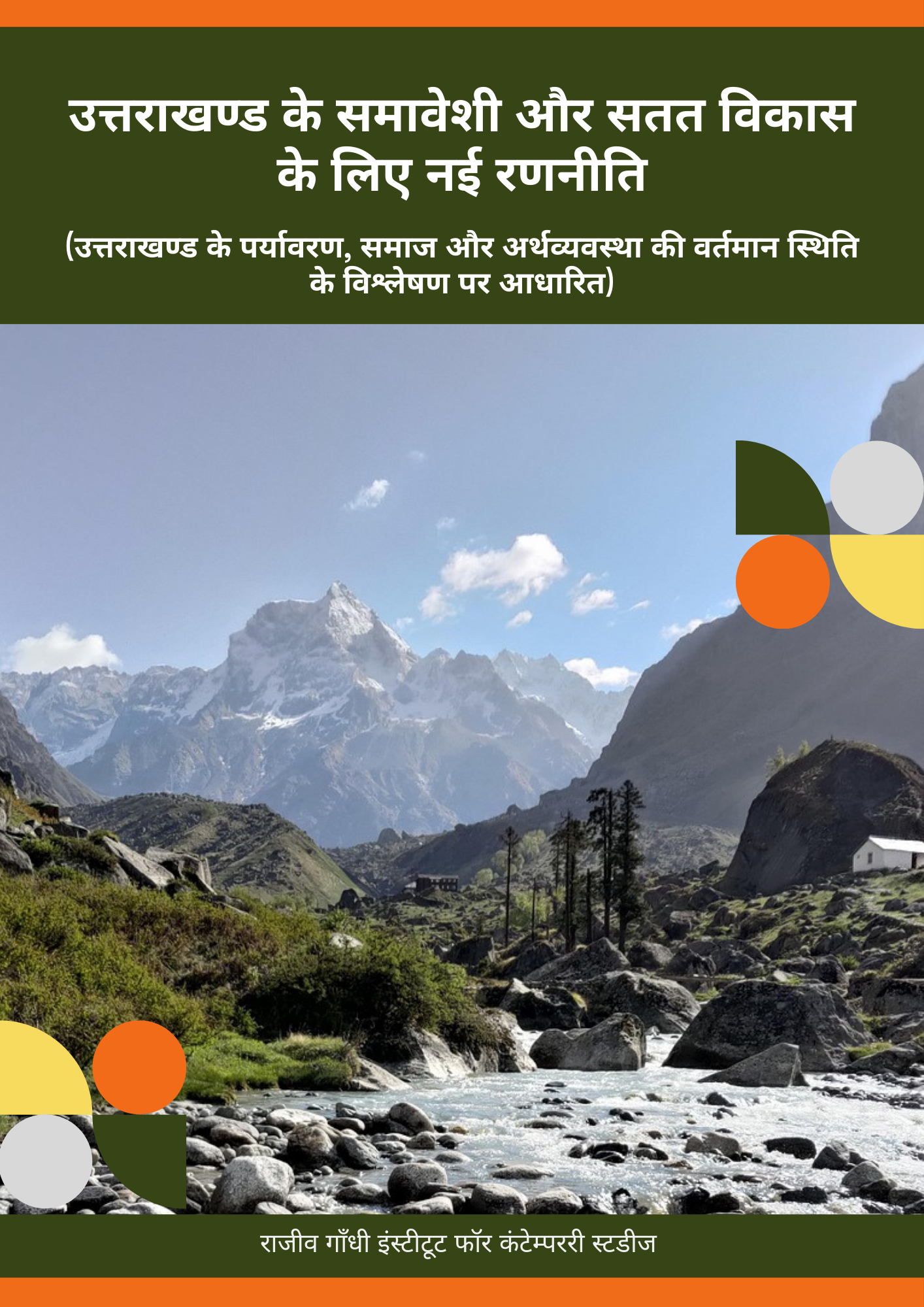Healthcare in Uttar Pradesh (UP) is in crisis. Hospitals and health centers are understaffed, underfunded, and overwhelmed. The state has some of the highest infant and maternal mortality rates in India, and diseases like Japanese Encephalitis continue to claim lives. Many hospitals lack doctors, specialists, and even basic medical equipment, forcing people to travel long distances for care—if they can afford it.
Imagine a pregnant woman in a remote village, needing urgent care. The nearest Primary Health Center (PHC) is miles away, poorly equipped, and short on staff. If she makes it to a Community Health Center (CHC), chances are there’s no gynecologist. This is the reality for millions in UP. While district hospitals struggle with overcrowding, CHCs remain underutilized due to a lack of doctors and specialists. Many healthcare buildings are in ruins, with leaking roofs, unsafe living quarters for medical staff, and equipment collecting dust.
Fixing this broken system requires bold changes. Doctors need better working conditions, more medical staff must be recruited, and hospitals must be equipped to handle emergencies. Technology can improve efficiency, but without strong leadership and decentralization of decision-making, reforms will remain on paper.
Healthcare is not just about hospitals—it’s about saving lives. The people of UP deserve better infrastructure, reliable doctors, and access to quality care. Without immediate action, thousands will continue to suffer not because treatment doesn’t exist, but because it’s simply out of reach.
Keywords: Healthcare, Public Health, Infrastructure, Doctors, Primary Health Centers (PHC), Community Health Centers (CHC), Infant Mortality Rate (IMR), Medical Staff Shortage, Health System Reform, Uttar Pradesh
How the Health System Works at the Grassroots in Uttar Pradesh
Send download link to:

